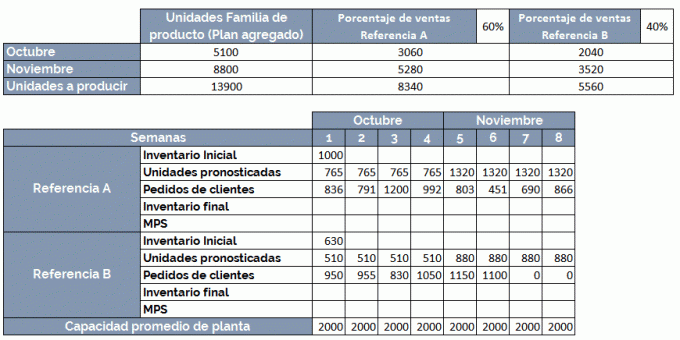The assembly line or also called chain production, is a production process that breaks down the manufacturing work of a good into steps or stages that are carried out in a predefined sequence. Assembly lines they are the most commonly used method in mass production of products. They are able to reduce labor costs, because unskilled workers could easily be trained to perform specific tasks. Instead of hiring skilled workers to assemble a machine or automobile engine, the companies only hire unskilled workers who are easily trained for tasks simple.
The beginning of a Assembly line is that each worker is assigned a very specific task, which he or she simply repeats, and then the process it is moved to the next worker who performs its task, until the task has been completed and the product is finished. It is a way to mass produce goods, quickly and efficiently. Within the assembly lines There are not only workers, there are also machines that support the production process.
Advertisements
The introduction of this concept dramatically changed the way goods were manufactured. Before its introduction, workers had to finish the assembly of a product (or a large part of it) and very often one of them would finish the task to the end.

Advertisements
Determining which individual tasks need to be completed, when they need to be completed, and who will complete them is a crucial step in establishing an effective assembly line. Complicated products, such as cars, have to be divided into machine and worker components so that they can be assembled quickly. Companies use an assembly approach design to analyze a product to determine the assembly order and the issues that affect each task. Each task is then classified as manual, robotic or automatic and then they are assigned to individual stations throughout the factory floor.
Companies can also design products with their assembly in mind, called concurrent engineering. This allows the company to start manufacturing a new product that has been designed with the mass production in mind, with the tasks, order and design of the assembly line already default. This can significantly reduce the time between initial product design and final product launch.
Advertisements
The concept of Assembly line It was made popular by Henry Ford in his automobile manufacturing in the early 20th century.


